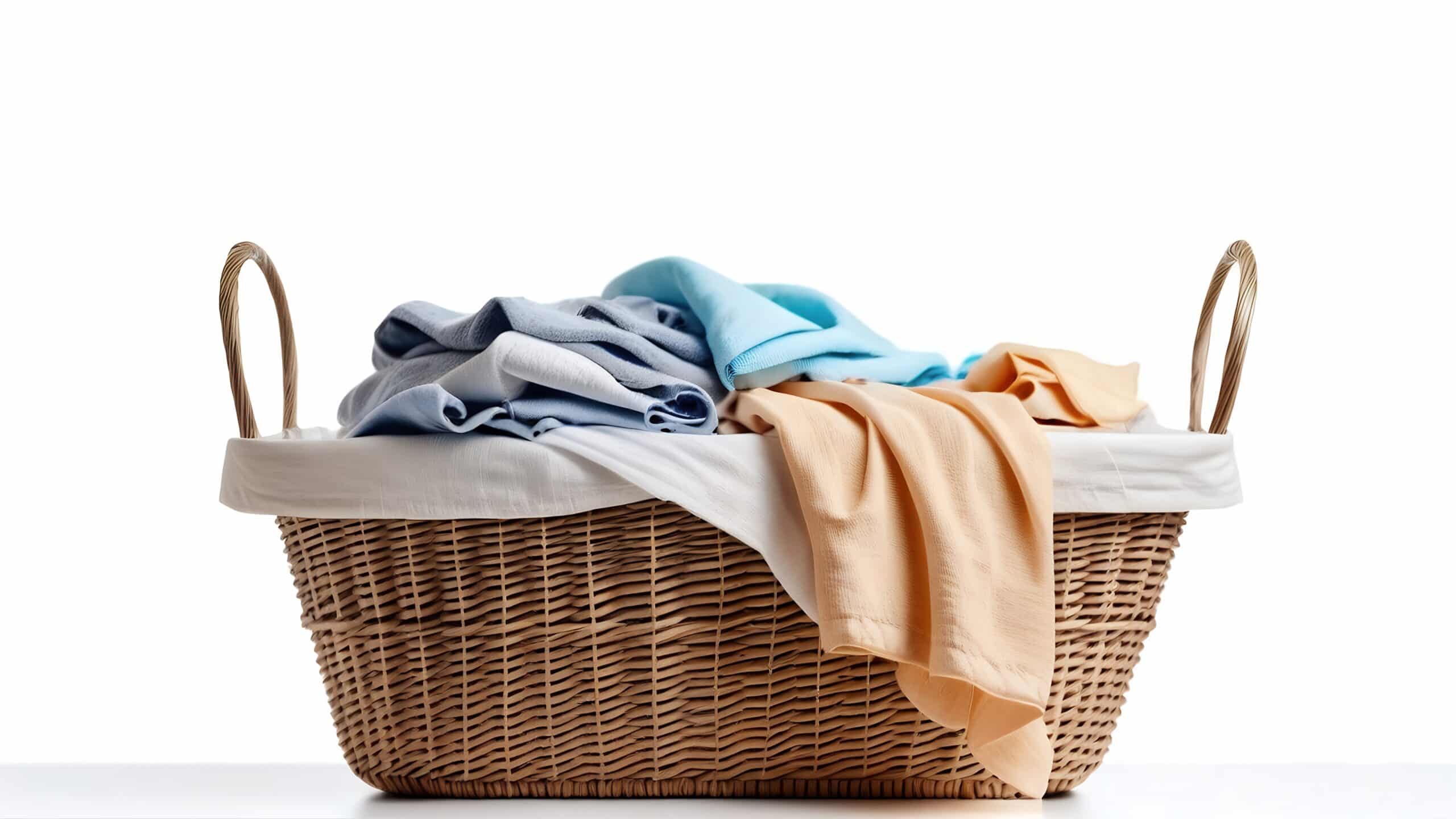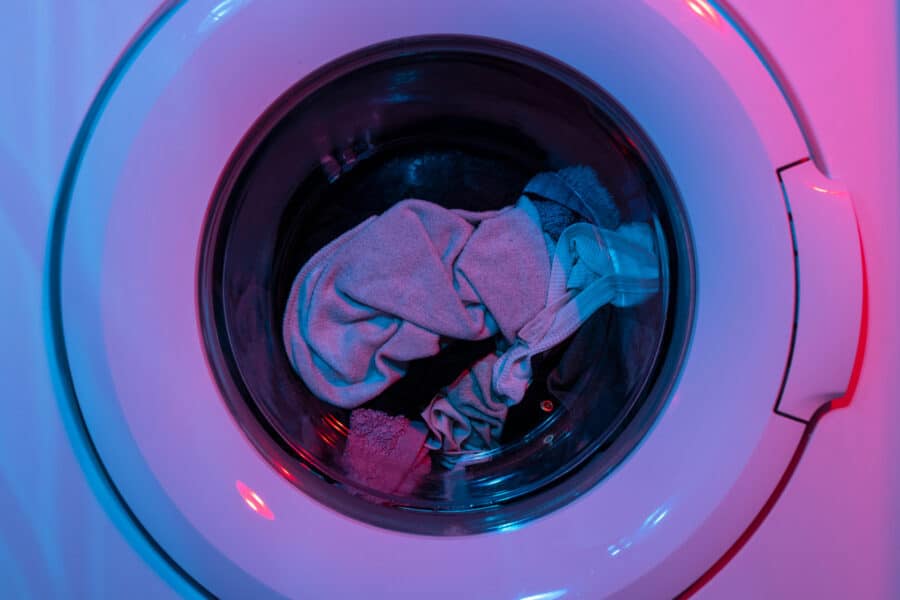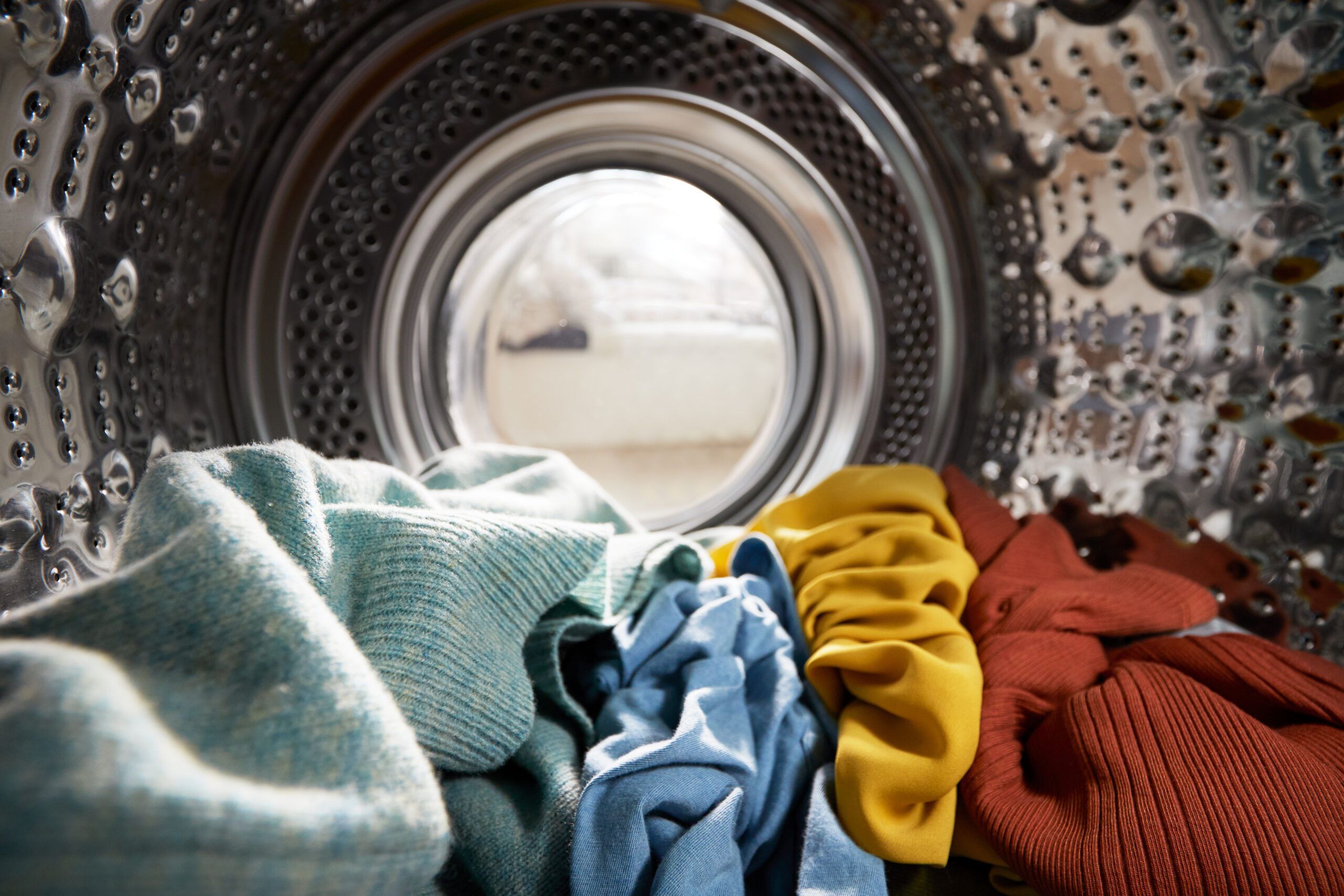In care homes, laundry isn’t just about appearance. It’s a front-line infection control task. Unlike households or hotels, care homes deal with laundry that may be contaminated with bodily fluids or infectious material. Your care home laundry procedures say a lot about your dedication to and the effectiveness of your infection control.
This makes consistency crucial. If staff skip steps, mix laundry types, or wash at the wrong temperature, they may unknowingly put residents and colleagues at risk. Even more importantly, inspectors often look at your laundry procedures during hygiene audits. So, getting this right helps protect both residents and your compliance record.
Core Elements of Safe Care Home Laundry Procedures
Let’s walk through the key steps every care home should follow. While every home may operate slightly differently, the principles remain the same.
1. Sort Laundry at the Point of Use
Start by separating laundry correctly—right where it’s used. This avoids handling contaminated items multiple times and prevents spread throughout the home. Here’s what to keep in mind:
-
Soiled or fouled linen should go in red or water-soluble bags
-
Infected linen (such as from isolation rooms) must be double-bagged
-
Personal items should stay separate from shared laundry
Proper sorting at the source is one of the easiest ways to reduce risk immediately.
2. Use Colour-Coded Systems
Colour-coding supports both speed and safety. By assigning specific colours to bags, trolleys, and zones, your staff can easily tell clean from dirty—especially in busy laundry rooms. For example:
-
Blue for bedrooms
-
Red for bathrooms
-
Green for kitchens
-
White for isolation areas
When colour coding is consistent, the process becomes second nature.
3. Wash at the Right Temperature
Thermal disinfection is still common—often at 60°C or higher. However, some care homes use chemical disinfection that allows for lower temperatures. Either way, what matters most is following the manufacturer’s instructions and ensuring staff know the difference.
Make sure to:
-
Use appropriate laundry detergents
-
Maintain machine calibration and logs
-
Record all wash cycles as part of compliance checks
Energy savings are important, but not at the expense of safety. So, only reduce temperatures if your chemicals are proven effective.
4. Prevent Cross-Contamination
Cross-contamination can happen in seconds—especially if clean and dirty laundry share the same space or tools. To avoid this:
-
Never use the same trolley or surface for both clean and dirty items
-
Always clean and disinfect surfaces between loads
-
Use gloves, wash hands, and separate storage areas
In smaller homes, this might require creative scheduling. But it’s always worth the effort.
5. Train and Remind Staff Regularly
Even experienced teams need refreshers. Training shouldn’t be a one-off event—it should be built into your routines. That’s why it helps to:
-
Include laundry training in staff onboarding
-
Display clear signage in laundry areas
-
Run brief refresher sessions every few months
When expectations are visible and repeated, safe practices stick.
Common Mistakes—and How to Avoid Them
Unfortunately, many care homes fall into the same traps. Let’s look at a few typical issues and how to solve them:
-
Washing fouled linen with general loads → Use red bags and clear labels
-
Using domestic machines without disinfection settings → Upgrade to commercial machines, where possible
-
Relying on standard detergents → Only use COSHH-compliant products with disinfection claims
-
Storing clean laundry near dirty items → Separate zones or time-separate your loads
Fixing these may take some adjustment, but they make audits easier and improve resident safety.
Final Thoughts: Turn Laundry into a Strength
Too often, laundry is the forgotten corner of infection control. Yet when it’s handled properly, it becomes a strong point of your home’s hygiene strategy. With clear care home laundry procedures, your team can work with confidence—and your residents stay protected.
At Able, we support care homes with practical tools, including detergents, colour-coded bags, and staff training resources. If you’re updating your process, we’re here to help.
Want to reinforce safe habits?
We’re offering a free laundry site audit and training to help staff follow best practice. Complete the form below to book yours now!
Care Home Laundry Procedure FAQ’s
What temperature should laundry be washed at in care homes?
Most care homes disinfect at 60°C or higher, or use approved chemical disinfection systems designed for lower-temperature washing.
Why is colour-coding important in care home laundry rooms?
Colour-coded bags, trolleys, and zones make it easy to separate clean and dirty laundry, preventing cross-contamination and ensuring consistency across teams.
Can domestic washing machines be used in a care home?
Domestic machines usually don’t meet infection-control standards or maintain disinfection temperatures—commercial laundry systems are strongly recommended.
How often should laundry staff receive infection-control training?
Staff should be trained at induction and receive refresher sessions at least every six months to keep procedures consistent and compliant.





